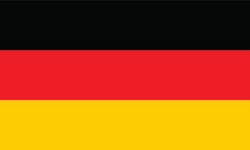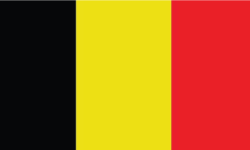Description
Digitized training and simulation model for Industry 4.0 applications
Benefits:
- Training and simulation on a realistic production image, in-depth learning through haptic comprehension
- Optical and sensory applications, digital traceability with NFC/RFID
- Integrated cloud connectivity, control via smart devices, and use and operation of dashboards
- Remote monitoring via camera is possible, as well as linking production and disposition data
- Connection of upstream/downstream logistics processes
The digitally driven change in industrial production demands greater networking and smarter information at all production levels. With the fischertechnik Lernfabrik 4.0, these digitization activities can be simulated, learned and applied on a small scale before they are implemented on a large scale. A highly flexible, modular, cost-effective and robust training and simulation model that can be used very sensibly.
The FISCHERTECHNIK Learning Environment is used for learning and understanding Industry 4.0 applications in vocational schools and training, as well as for use in research, teaching and development at universities, companies and IT departments. The simulation maps the ordering process, the production process and the delivery process in digitized and networked process steps.
Factory environmentThis consists of the factory modules storage and retrieval station, vacuum suction cups, high-bay warehouse, multi-processing station with kiln, a sorting line with color recognition, an environmental sensor and a swiveling camera. Once the order has been placed in the dashboard, the workpieces run through the respective factory modules and the current status is immediately visible in the dashboard. The integrated environmental sensor reports values for temperature, humidity, barometric pressure and air quality. The camera can see the entire system through the vertical and horizontal swiveling range and can thus be used for web-based remote monitoring.
The individual workpieces are tracked by NFC (Near Field Communication): Each workpiece receives a unique identification number (ID). This enables the current status of workpieces to be traced and visible in the machining process.
ControlThe learning factory 4.0 is controlled by the FISCHERTECHNIK TXT controllers on a 9V basis, of which six are installed. These are networked within the factory and communicate via MQTT. MQTT (Message Queuing Telemetry Transport) is an open messaging protocol that allows data to be transmitted in the form of messages between devices. The complete performance data of the TXT controller can be viewed on the TXT controller.
Software: C/C++ API programming interfaceThe software application is written in C/C++ and is loaded to the controller ready to start. The corresponding C/C++ library and...










